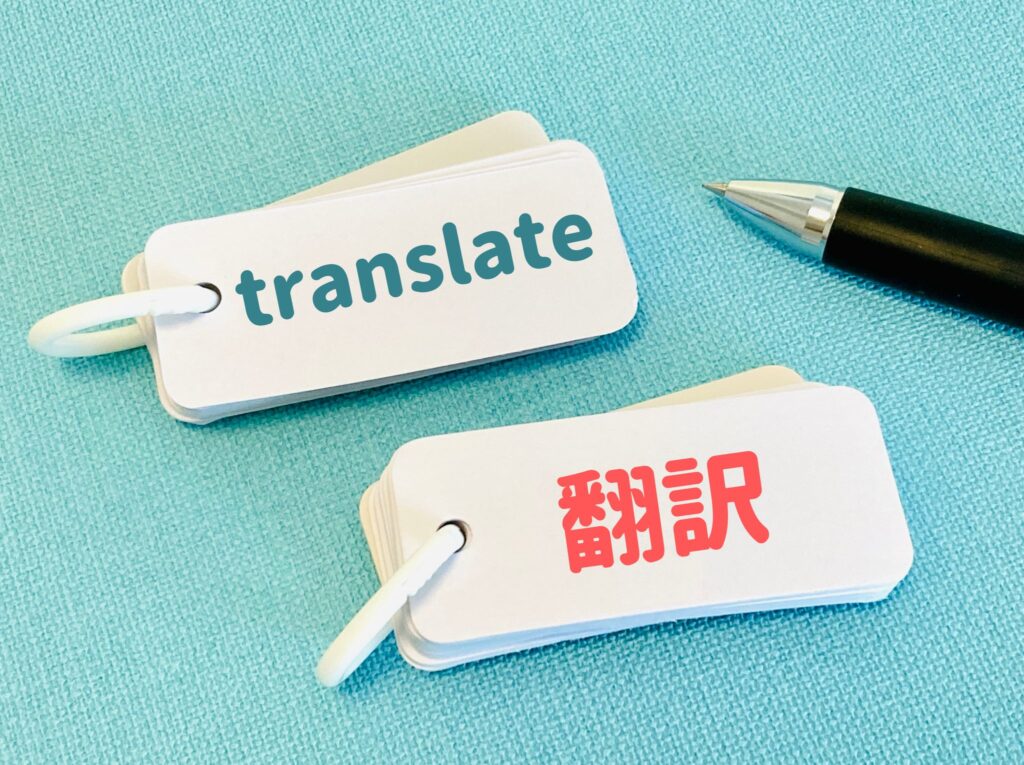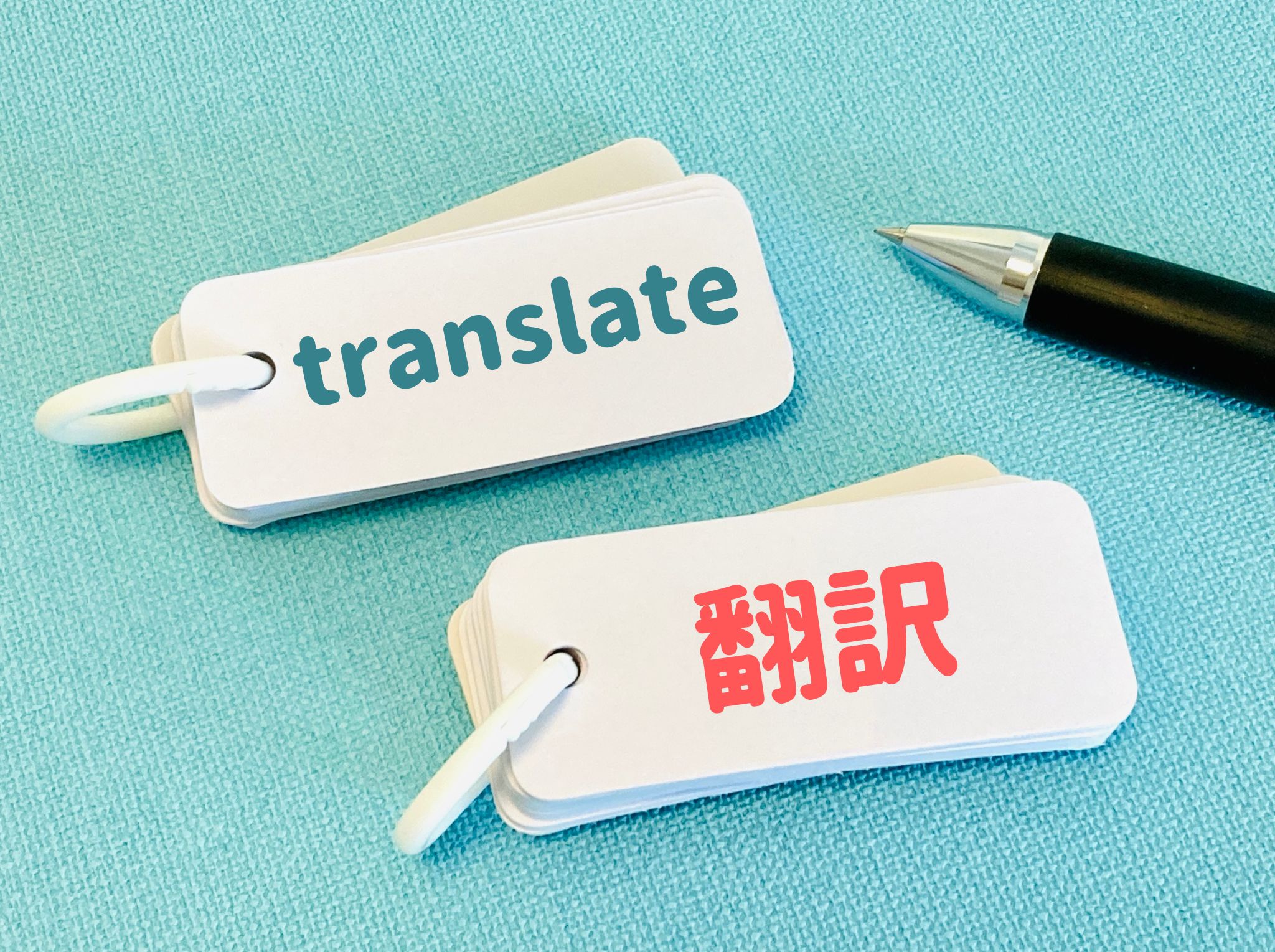
Japanese and English could not be more different – syntactically, morphologically, and, perhaps most importantly, culturally. As a native English speaker, I studied European languages at school, but nothing prepared me for the challenge of learning Japanese as an adult. It was almost as if these two languages were from different planets, let alone different countries!
That’s also what makes translation between Japanese and English such a fascinating challenge. Among professional Japanese-to-English translators, some of the most commonly cited hurdles are:
- Context: Japanese sentences tend to be context-heavy and often lack a clearly stated subject, object, or even verb if these can be inferred from context. English sentences, on the other hand, are less ambiguous and almost always indicate the subject, object, verb, gender, whether something is singular or plural, and a variety of other elements that are often left to the imagination in Japanese sentences. This is why Japanese-to-English translators tend to appreciate as much background information from clients as possible.
- Name conventions: Names are another area where cultural differences come into play. In Japanese business documents, it’s common to see only a surname, followed by an honorific such as “-san” (or sometimes a job title). English, on the other hand, tends to prefer full names, especially in formal settings. Translating “Yamada-san” to “Mr. Yamada” or “Ito-san” to “Mrs. Ito” often feels awkward and can sound overly stiff in English. This challenge pushes Japanese-to-English translators to become excellent researchers, often digging deep through company websites or other public sources to find full names and appropriate titles to ensure natural-sounding translations.
- Greetings: Then there are the often used but notoriously tricky-to-translate Japanese greetings likeお世話になっております (literally “I’m grateful for your help,” used at the beginning of many emails as a friendly greeting), お疲れ様です (most often used to greet or say goodbye to someone at the end of a hard day’s work, but with other uses too) and よろしくお願いします (“I look forward to working with you” being just one of a myriad of different ways of translating this greeting depending on the context).
- Vocabulary: In my view, however, the biggest challenge in Japanese-to-English translation often simply comes down to the vast differences in vocabulary. Rarely does A equal B when comparing the lexicon of these two languages. A word like 実現する, often translated as “realize” in dictionaries, is more likely to be translated naturally as “achieve” or “implement” in most contexts. Possible translations for the word 対応する include “respond,” “handle,” “address,” “accommodate,” “support,” “correspond,” “adapt,” “serve,” “cope with,” and more. With abstract nouns, authoritative J-E dictionaries may list a dozen or more English equivalents as options—and often, not a single one will be the right translation in the given context!
Japanese to English (and indeed English to Japanese) translation is both a science and a true art. It may not be the easiest of jobs, but as the saying goes, someone has to do it. Personally, I’m glad to be that someone!
Cultemo PR Team



